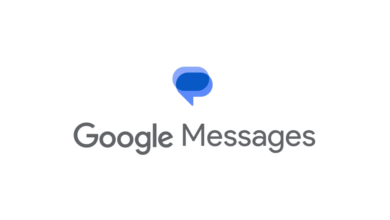TikTok Leverages AI for Automated Image Descriptions, Boosting Accessibility

▼ Summary
– TikTok is using AI to automatically generate alt text for images when creators don’t provide manual descriptions, improving accessibility for visually impaired users.
– Creators retain control, allowing them to edit or replace AI-generated alt text for accuracy and nuance.
– New accessibility features include a color contrast toggle and automatic bold text for better visibility and readability.
– The updates are part of TikTok’s broader effort to integrate AI for accessibility, not just content moderation or generation.
– Users can access these features through a redesigned accessibility settings page on iOS, Android, and desktop.
TikTok is rolling out a significant update aimed at making its platform more accessible, particularly for users with visual impairments. The short-form video giant is now employing artificial intelligence to automatically generate alternative text (alt text) for still images when creators haven’t manually provided a description.
This move builds upon TikTok’s previous introduction of manual alt text support for images in April. The new AI-driven feature ensures that a wider range of visual content will now include descriptive text, which is crucial for individuals who rely on screen readers to interpret and understand images.
How AI-Generated Alt Text Works
When a user uploads a still image to TikTok and doesn’t add their own alt text, TikTok’s AI will now analyze the image and attempt to create a relevant description. This automated description then becomes accessible to screen reader software, providing context that would otherwise be missing.
Critically, creators retain control. They can still write their own custom alt text during the upload process or edit an existing image to add or modify its description. This allows for corrections if the AI-generated version is inaccurate or lacks nuance. While AI-generated descriptions may not always be perfect, the initiative aims to provide a baseline level of accessibility for a much larger volume of content, operating on the principle that some description is often better than none for users who need it.
Beyond Alt Text: Broader Accessibility Enhancements
Alongside the AI-powered alt text, TikTok is introducing several other features to improve the user experience for people with varying visual needs:
- Color Contrast Toggle: A new option allows users to increase the color contrast of foreground elements like text, icons, and user interface controls. This can make these elements more distinct and easier to discern for individuals with low vision or color contrast sensitivities.
- Automatic Bold Text: The app will now automatically display all text in bold if it detects that the user has enabled a bold text preference at the operating system level on their device. This system-level integration provides a more consistent and legible experience.
These updates underscore a growing trend among major social platforms to integrate AI not just for content generation or moderation, but also to enhance fundamental accessibility.
Accessing the New Features
TikTok has consolidated these new options within a redesigned accessibility settings page. Users on iOS and Android can find this page by tapping the three-line menu on their profile. Desktop users can locate it via the left-hand taskbar.
The push for more comprehensive alt text, even if AI-assisted, is a welcome development. As visual content continues to dominate online platforms, ensuring that this content is perceivable and understandable by the widest possible audience is increasingly important. While human-authored alt text often provides the richest and most accurate descriptions, AI’s role in filling the gaps where manual descriptions are absent is a practical step towards a more inclusive digital environment.





